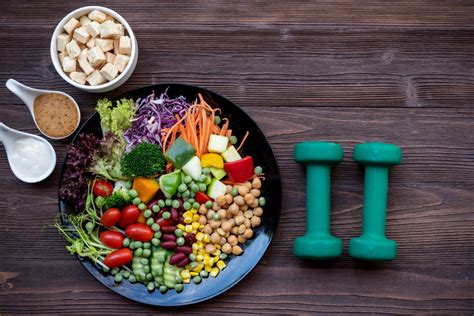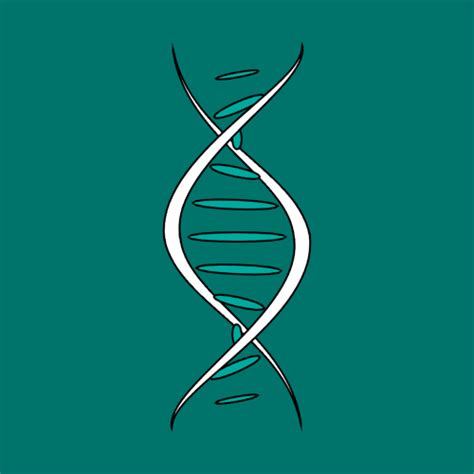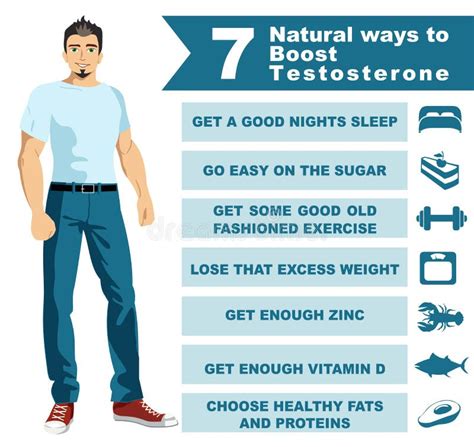Understanding the Challenge: Why It’s Different After 30
As men cross the threshold of 30, physiological changes begin to influence body composition. Metabolism naturally slows, testosterone levels can gradually decline, and lifestyle demands often increase, making it more challenging to shed stubborn belly fat and maintain muscle mass. However, with a targeted and consistent approach, it’s entirely possible to not only overcome these hurdles but to build a stronger, leaner physique than ever before.

The Nutritional Blueprint: Fueling Fat Loss and Muscle Growth
Your diet is the cornerstone of any successful body transformation. To lose belly fat, you must be in a sustainable calorie deficit – consuming fewer calories than you burn. Simultaneously, to preserve and build lean muscle, your protein intake must be high.
Prioritize Protein
Aim for at least 1 gram of protein per pound of target body weight. Protein is crucial for muscle repair and growth, and it also promotes satiety, helping to reduce overall calorie intake. Include sources like lean meats, poultry, fish, eggs, dairy, and plant-based proteins in every meal.
Smart Carbohydrates and Healthy Fats
Don’t eliminate carbs entirely, but choose wisely. Opt for complex carbohydrates like whole grains, fruits, and vegetables, which provide sustained energy and essential fiber. Healthy fats from avocados, nuts, seeds, and olive oil are vital for hormone production and overall health, even when in a deficit.
Hydration is Key
Drink plenty of water throughout the day. It aids metabolism, helps with satiety, and supports overall bodily functions.

Strength Training: Your Muscle-Building Accelerator
Resistance training is non-negotiable for men over 30 looking to build lean muscle and burn fat. Muscle tissue is metabolically active, meaning it burns more calories at rest than fat tissue. Focus on compound movements that work multiple muscle groups simultaneously.
Key Principles for Success:
- Compound Lifts: Incorporate squats, deadlifts, bench presses, overhead presses, and rows into your routine. These are highly effective for stimulating muscle growth and boosting overall strength.
- Progressive Overload: To continue building muscle, you must progressively challenge your body. This means gradually increasing the weight, repetitions, or sets over time, or decreasing rest times.
- Frequency: Aim for 3-4 full-body or upper/lower split resistance training sessions per week.
- Proper Form: Always prioritize correct form over lifting heavy weights to prevent injuries and ensure muscle activation.

Strategic Cardio: Enhancing Fat Loss Without Losing Muscle
While strength training is paramount, cardiovascular exercise plays an important supportive role in fat loss. The key is to incorporate it strategically so it doesn’t interfere with muscle building.
Types of Cardio:
- High-Intensity Interval Training (HIIT): Short bursts of intense exercise followed by brief recovery periods can be very effective for burning calories and improving cardiovascular fitness. Limit HIIT to 1-2 sessions per week to avoid overtraining.
- Low-Intensity Steady-State (LISS): Activities like brisk walking, cycling, or jogging for longer durations (30-60 minutes) are excellent for burning calories and can be done more frequently without significant impact on recovery.

Lifestyle Pillars: Beyond the Gym and Kitchen
Your journey to a leaner, stronger physique extends beyond workouts and meal prep. Lifestyle factors significantly impact your body’s ability to recover, burn fat, and build muscle.
Prioritize Sleep
Aim for 7-9 hours of quality sleep per night. Sleep deprivation elevates cortisol (stress hormone), which can promote belly fat storage and impair muscle recovery and growth.
Manage Stress
Chronic stress, like poor sleep, can increase cortisol levels. Find healthy ways to manage stress, such as meditation, hobbies, spending time in nature, or connecting with loved ones.
Consistency and Patience
Transforming your body takes time and consistent effort. There will be plateaus and setbacks, but staying consistent with your nutrition and training will yield long-term results.

Consult a Professional
For men over 30, it can be beneficial to consult with a doctor or an endocrinologist, especially if you suspect hormonal imbalances are hindering your progress. A qualified personal trainer or registered dietitian can also provide personalized plans tailored to your specific needs and goals.
Conclusion
Losing stubborn belly fat and building lean muscle after 30 is a journey that requires a holistic approach. By committing to a protein-rich, calorie-controlled diet, engaging in progressive strength training, strategically incorporating cardio, prioritizing sleep, and managing stress, you can reclaim your physique and enjoy a healthier, more vibrant life. Embrace the process, stay consistent, and celebrate every small victory along the way.




